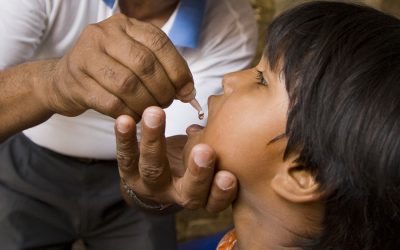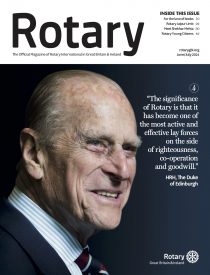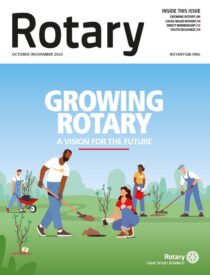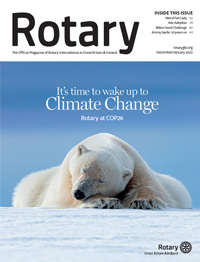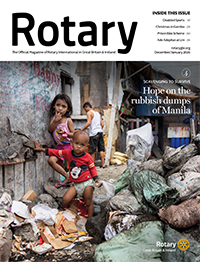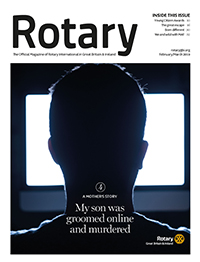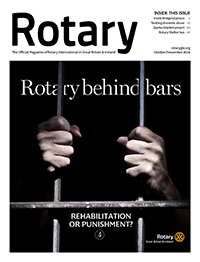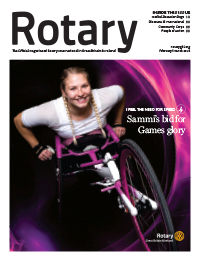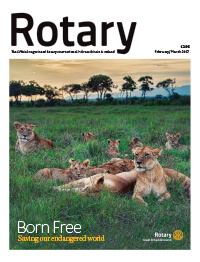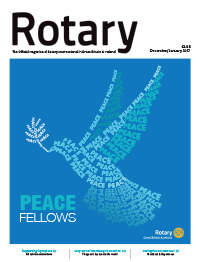For all the challenges posed by the pandemic, Rotary has responded well.
Despite only being able to meet online, many clubs and districts have found attendance better than before; they’ve been able to attract interesting speakers whom they’d never have been able to get to a physical meeting. Moreover, despite it all, many clubs have been able to continue to deliver meaningful service to their communities.
But what happens now that the end of lockdown is in sight? Do we just go back to the way we were?


With the end of lockdown creeping nearer, what does that mean for our future?
I hope not. Like many of you, I am tired of endless Zooming. We need the human interaction only face-to-face meetings can offer; the informal chats; all the intangible benefits of physically meeting.
But do we need to meet face-to-face all the time? Online meetings have their benefits too: savings in cost and time; reduced carbon footprint; access to a wider range of speakers. Clubs need to be thinking about what is best for them; what suits their members; and learn the lessons of “Rotary in Lockdown” to plan how they will conduct their business in future.
And what about Rotary as a whole? Sadly, in Great Britain & Ireland we are losing members – over 1,900 in 2019/20 – and our average age continues to rise. How do we turn that around?
I think that a major reason why we struggle to attract new, younger members is that we inadvertently put obstacles in their path – obstacles in terms of the time and cost commitment we call for; obstacles in terms of the style and ambiance of our traditional clubs.
We need the human interaction only face-to-face meetings can offer; the informal chats; all the intangible benefits of physically meeting”
And so I firmly believe that not only do we need to support and cherish our traditional clubs, and help them to grow, we need urgently to be starting new, innovative clubs which are attractive to the next generation of Rotarians.
Clubs which reflect their members’ lifestyle; which are less demanding on members’ time and pocket; which are more family-friendly; which are strongly focused on the kind of service that attracts those interested in giving something back to society. We need clubs like that in every significant community.
How do we get there? We all have a role to play: existing clubs which want to future-proof Rotary in their communities; districts; Rotary GB&I itself.
Rotary grew quickly in these islands in the early part of the twentieth century when it first crossed the Atlantic; it grew again in the years immediately following World War Two. It’s time now for a third great effort. It’s time for action.

